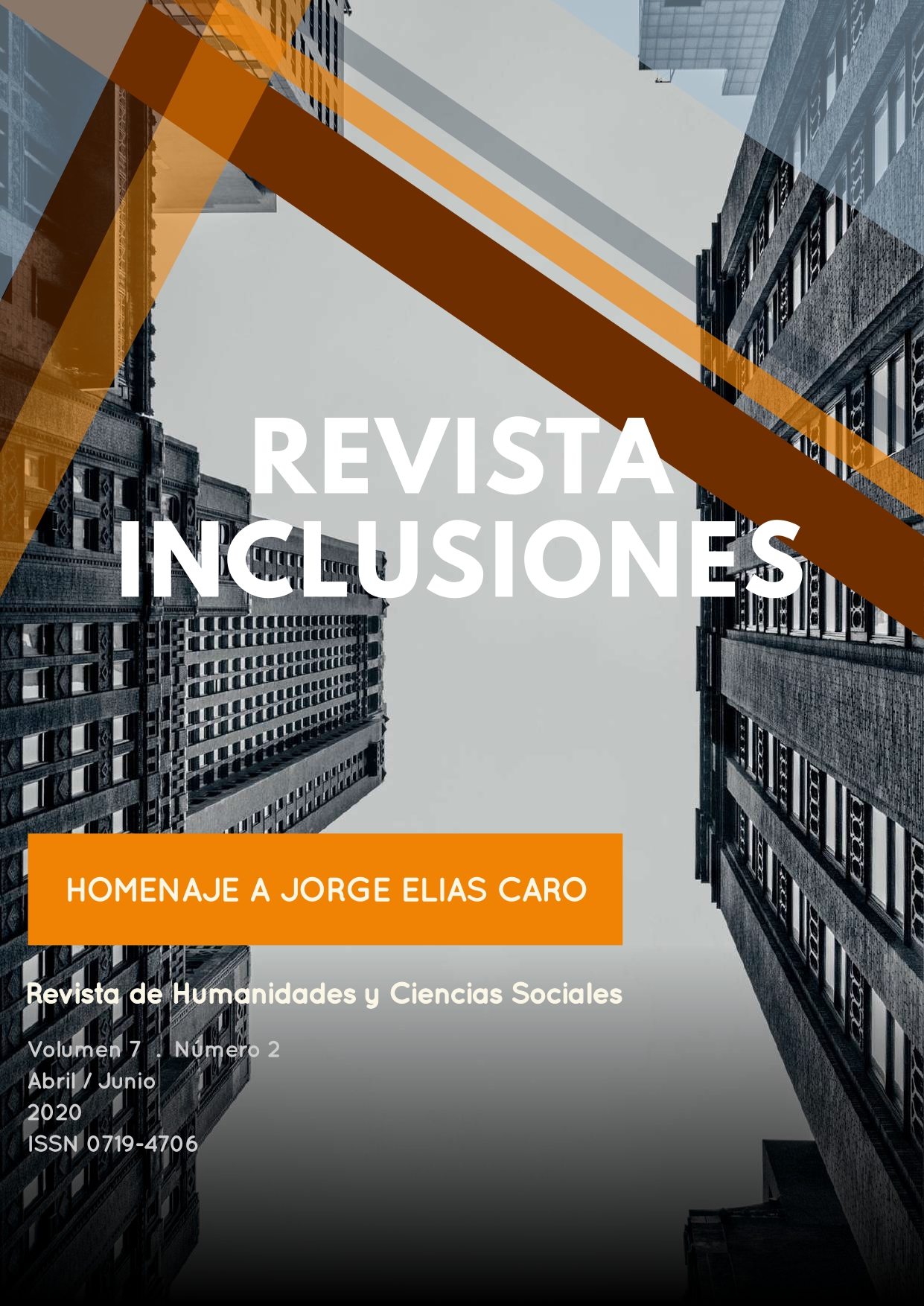LOW JOURNALISM, SLOW JOURNALISM AND HUMAN RIGHTS. DIFFERENCES AND RISKS IN THE PRESS COVERAGE OF THE MIGRATORY PHENOMENON IN SPAIN
Keywords:
Journalism, Human rights, Migration, Quality, Mass mediaAbstract
In this paper, we analyze the existence, context and main characteristics of low and slow journalism in relation to a particularly sensitive and relevant issue: the migratory phenomenon. The main hypothesis of the article states that low journalism poses a risk to the discourse of human rights, while slow journalism can favor its development and expansion in the public opinion. In this sense, we proceed to the comparative analysis of the case of the jump of the fence of Ceuta and Melilla in 2018 in traditional press (El País and Abc) and slow media specialized in social journalism (Periodismo Humano, La Marea and Otro Periodismo). Among the main conclusions of the study stand out how the coverage of traditional media bet on alarmism and a stereotyped vision of the immigrant figure. In contrast, the specialized slow media offer an empathetic and first-person view of the informative subject. These media also focus on a greater number of transmedia sources and resources, provide the information context and follow-up of cases. It is therefore demonstrated that slow coverage is not only necessary in this area but also that conventional coverage contributes to a negative view of African immigrants.
Published
Versions
- 18-01-2021 (2)
- 18-12-2020 (1)
How to Cite
Issue
Section
Copyright (c) 2020 Dra. Antonia Isabel Nogales-Bocio

This work is licensed under a Creative Commons Attribution-NonCommercial 4.0 International License.
Los autores retienen los derechos de autor y otorgan a Revista Inclusiones el derecho de publicación bajo Creative Commons Attribution 4.0 International (CC BY 4.0). Esto permite el uso, distribución y reproducción en cualquier medio, siempre que se otorgue la debida atribución al autor.











